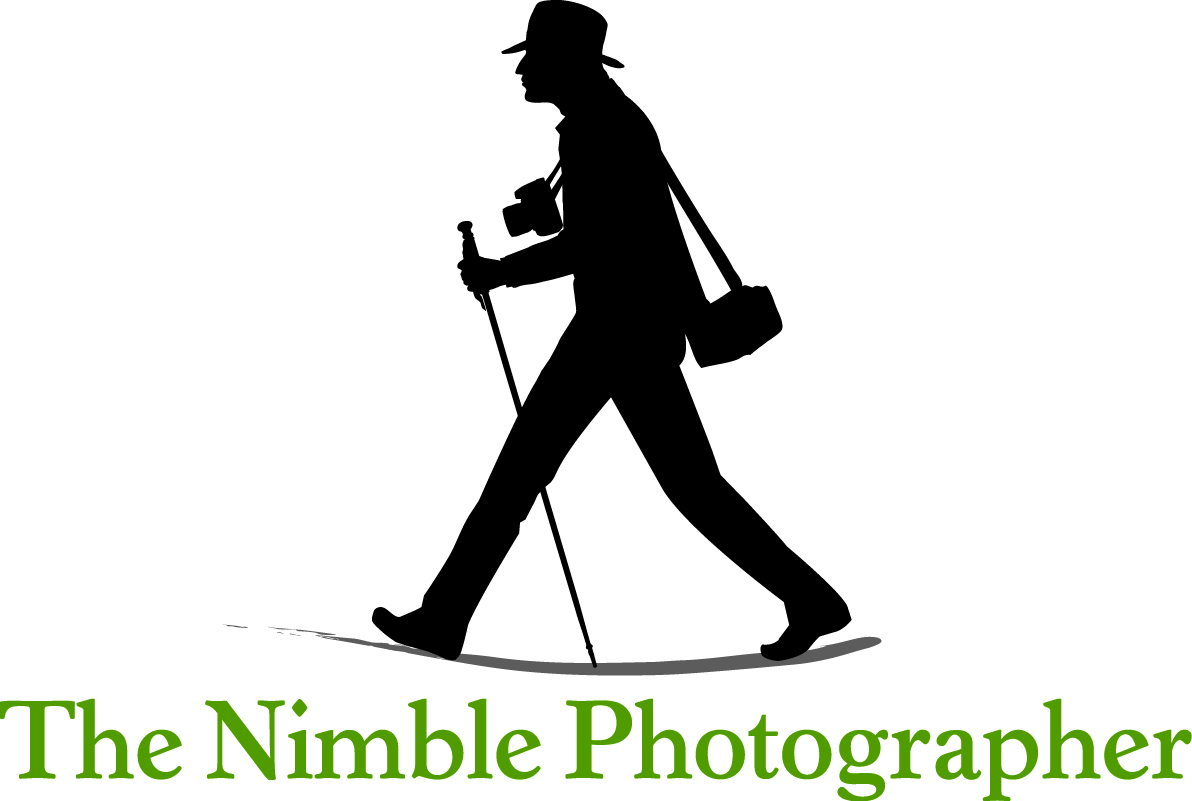I have an appointment tomorrow morning at my local Apple Store to purchase an iPhone 6S and investigate the new iPhone Upgrade Program.
My goal isn't to purchase a new handset every year, although I could if I wanted. What I'm more interested in is that my new iPhone will be unlocked, allowing me to use any carrier I want at home or abroad.
I once had some loyalty to AT&T. They provided me with a new state-of-the-art smartphone for $199, and I agreed to be a customer for two more years. Given how much I spend monthly for me and my family, I thought it was a reasonable deal for both parties.
But the last two times I purchased phones from them, one for each of my boys before heading off to college, they changed the rules. Essentially I was buying the device at full price and making installments over a 2 year period... and paying the same amount for my data.
AT&T said this approach is better. It is. For them.
But why should I chain myself to their service if I'm not receiving any benefit for doing so? If I'm going to purchase the phone outright, then I want it unlocked. I want to be free to use whomever I want for connectivity.
Very few business opportunities get by Apple. They saw what was going on in the marketplace with the carriers. Customers who buy iPhones tend to keep buying iPhones, so why not create a program for them?
For the time being, I'll keep using AT&T. But as better deals surface from other carriers, I'll be looking at each carefully. Not only for me, but for my family.
In all honesty, I'm tired of businesses telling me that the changes they make are in my best interests when indeed they are not. It's BS. And I seriously doubt I'm the only one that will be unlocking from my carrier.
-Derrick
